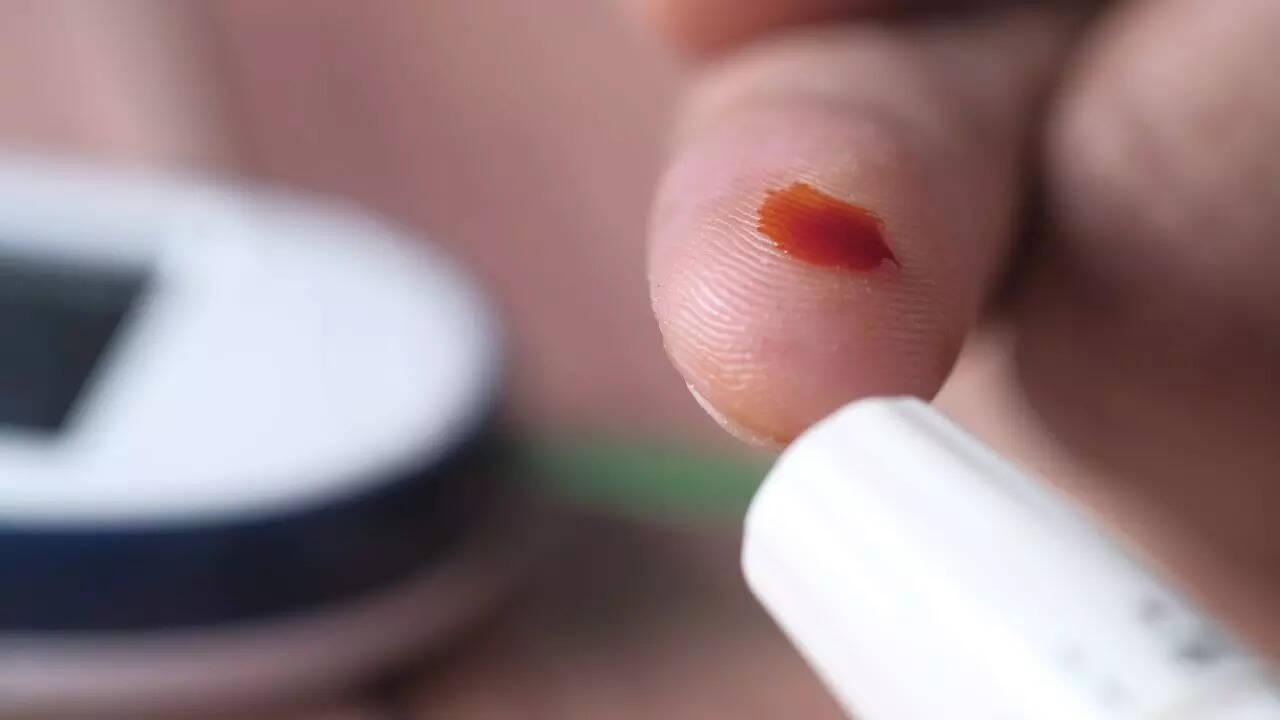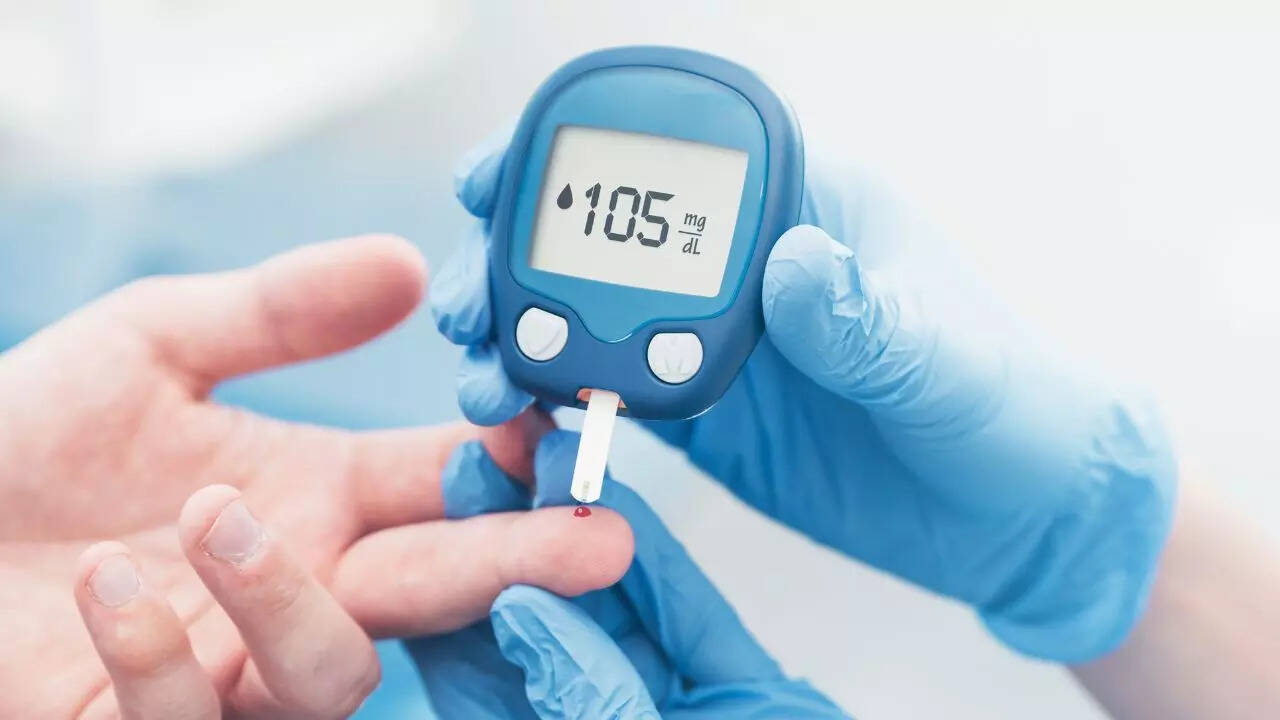ARTICLE AD BOX

Monitoring blood glucose is a vital component of effective diabetes management, as it provides essential information about how the body responds to food, exercise, and medication.
Incorrect or inconsistent testing can produce misleading readings, leading to inappropriate adjustments in diet, insulin, or oral medications, and may compromise long-term health outcomes. Factors such as testing at the wrong time, using expired strips, reusing lancets, or not washing hands can all contribute to inaccurate results. Following proper testing techniques—including timing tests appropriately, using fresh lancets, storing strips correctly, and maintaining a log of readings—ensures accuracy. Reliable monitoring empowers individuals to make informed lifestyle and treatment decisions, maintain stable blood sugar levels, and reduce the risk of diabetes-related complications.
How to reduce your sugar intake without feeling deprived: 9 foods for managing diabetes
Blood sugar testing: Avoid these mistakes for accurate and reliable results
- Testing at the wrong time
Why timing matters: Blood sugar levels fluctuate naturally throughout the day. Testing immediately after a meal often shows high readings because the body is still processing carbohydrates. Health authorities recommend checking blood glucose about two hours after eating, when blood sugar levels usually stabilize.
The impact of irregular testing: Testing inconsistently or at random times can lead to misleading results, making it difficult to track trends accurately. Maintaining a regular schedule improves the reliability of readings.
- Pricking the fingertip directly
Pain and accuracy: As published in the study American Diabetes Association, the center of the fingertip has many nerve endings, making it the most painful testing site. For less discomfort, it is better to prick the sides of the fingertip, which still provides reliable readings.Rotation of fingers: Repeatedly testing the same finger can cause soreness and callus formation. Rotating among different fingers prevents discomfort and ensures consistent results.

Risks of reuse: Using the same lancet multiple times can dull the needle, increase pain, and raise the risk of infection. Research emphasizes that using a fresh lancet each time ensures a cleaner puncture, reduces pain, and lowers complications.
- Using expired or improperly stored test strips
Storage matters: Blood glucose test strips are sensitive to temperature, humidity, and expiration dates. Exposing strips to heat or moisture can compromise accuracy. Always check the expiration date and store strips in a cool, dry place.Consequences of improper storage: Using expired or damaged strips may produce incorrect readings, affecting treatment decisions.
- Not washing hands before testing
Contamination issues: Traces of sugar, oil, or dirt on fingers can skew blood glucose readings.
Washing hands with soap and water before testing is recommended as a study published in American Diabetes Association, 2024. Why sanitizers aren’t ideal: Alcohol-based sanitizers can dry out the skin and make finger-pricking more painful. For consistent accuracy and comfort, soap and water remain the best option.
Importance of regular monitoring: Blood sugar levels vary depending on meals, activity, stress, and medication.
Testing sporadically provides only a partial picture, which can lead to poor management decisions as reported by WHO, 2023.Structured testing: A combination of fasting glucose in the morning and post-meal checks helps identify patterns, enabling better control of diabetes.
- Misunderstanding the glucose meter
Device errors: Incorrect calibration, improper strip insertion, or misreading the display can lead to inaccurate results. Reading the user manual carefully and understanding how to operate the meter reduces errors.Logging readings: Keeping a record of blood sugar readings helps track trends and share meaningful data with healthcare providers for more informed management decisions.
Unexpected spikes: Skipping meals may trigger the liver to release stored glucose, causing higher blood sugar levels than expected. Eating small, frequent, balanced meals helps maintain stable levels.Nutrition and control: Consistent meals prevent sudden highs or lows and support overall diabetes management.
Long-term impact: Using the same finger repeatedly can cause pain, calluses, or scarring, which may interfere with testing. Rotating fingers and alternative sites (if allowed by the meter) improves comfort and accuracy.
Common mistakes to avoid while calculating blood sugar levels common FAQs

What is the best time to check blood sugar?Fasting in the morning and two hours after meals are the most reliable times to test.How many times a day should I test my blood sugar?It depends on the treatment plan. People on insulin may test multiple times daily, while others may need 1–2 checks.
A healthcare provider can tailor the schedule.Why is my blood sugar high in the morning even if I didn’t eat?This can occur due to the “dawn phenomenon”, a natural early morning rise in glucose caused by hormones. The Somogyi effect, where low nighttime sugar triggers a rebound spike, is another reason.Can dehydration affect blood sugar readings?Yes. As per WHO report 2023, dehydration concentrates the blood, making glucose levels appear higher than they actually are. Staying hydrated supports accurate measurements.Can I use alternative sites (like the arm) for testing?Some meters allow alternative site testing, but readings may differ during rapid blood sugar changes. Fingertips remain the most accurate site.Do I need to fast before every blood sugar test?No. Fasting is required only for a fasting blood sugar test. Other checks can be done before or after meals depending on the purpose of the test.Also Read | Why do nightmares happen: Causes, reasons behind them, and what you can do



.png)
.png)
.png)
















 8 hours ago
3
8 hours ago
3







 English (US) ·
English (US) ·